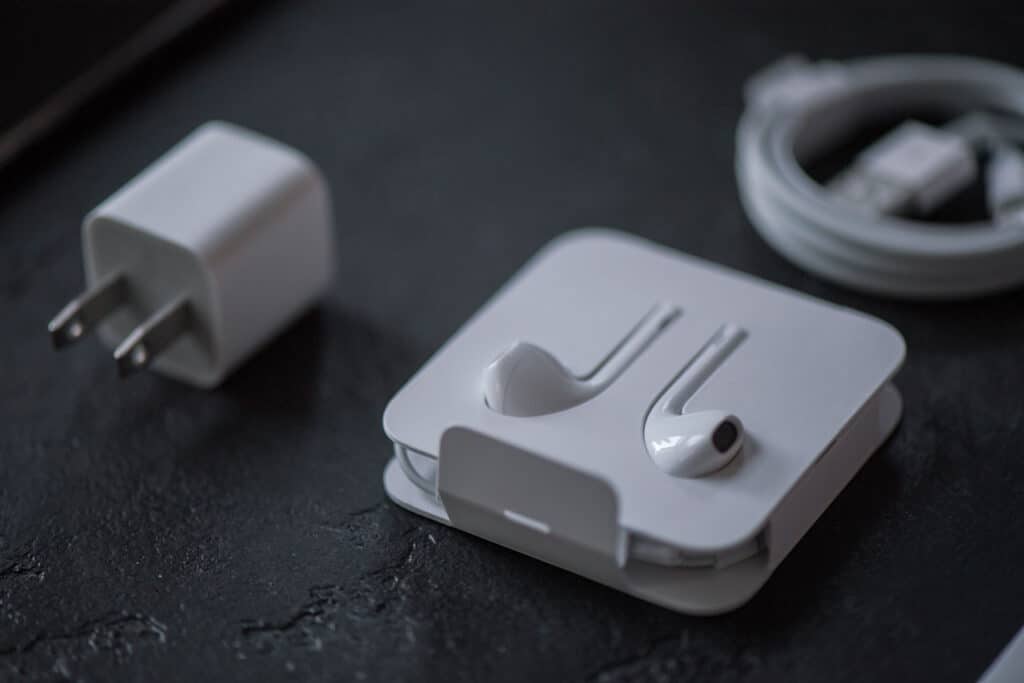Close your eyes for a moment and think about a young person that you care for deeply. Now take a few deep breaths and really reflect on what you ultimately want for this young person. Chances are that when you really tap into your hopes for this individual, what you most desire for them is happiness and well-being. All over the world we are recognizing that this is what matters most, but how do we get there? We can start with social and emotional learning (SEL).
For more context, the Collaborative for Academic, Social and Emotional Learning (CASEL) defines SEL as “The process by which children, adolescents, and adults can acquire and apply the necessary knowledge and skills to understand and manage their emotions, feel and express empathy for others, set and achieve positive goals, and make responsible decisions.”

These are the skills we all need for success. In fact, a cost-benefit study of SEL interventions showed a positive return on investment averaging a yield of $11 in long-term benefits for every $1 invested. Also, a 20-year study shows a link between SEL instruction in kindergarten and well-being in early adulthood, and a 2011 meta-analysis found an 11 percent gain in academic achievement.
While SEL is increasingly being prioritized in schools and classrooms across the globe, the home plays a critical role in supporting the social and emotional development of young people. What follows are some key ways you can begin to practice SEL in your home. Also, Education.com now offers SEL lessons and activities that you can use to explicitly teach SEL to your child.
Practice Mindfulness Together
The late, great Dr. Maya Angelou felt that at all times we unconsciously ask each other four critical questions (Schafer, 2017):
- Do you see me?
- Do you care that I’m here?
- Am I enough for you, or do you need me to be better in some way?
- Can I tell that I’m special to you by the way that you look at me?
If our child asked us these questions, we’d have to first be fully present and available to them. As parents, the greatest gift we can offer is our presence. But faced with countless demands on our time, offering our full presence becomes a rare occurrence..
Practicing mindfulness helps us to become present and pushes us to be there for our children. Practicing it while using several of the Education.com activities can be a fun way to connect and deepen your SEL skills while also strengthening your relationship with your child.
You can start by choosing an Education.com mindfulness activity to explore together, from using a mindfulness bell to practicing mindful walking. Or just try taking a few deep breaths every time you hug your child so you can really feel each other’s embrace and sense the gratitude you have for one another.
Also establish some ground rules around technology in the house if you haven’t already done so. Technology can enhance our lives but it also has the capacity to limit face to face interaction, which is essential to the deep connection that’s needed for all of us to thrive as we practice and grow our SEL skills. The American Academy of Pediatrics has developed a Family Media Plan that provides some wonderful guidance. Also check out A Parent’s Guide to Young Children in the Digital Age by Nancy Carlsson-Paige.
Employ a Restorative Approach
Restorative Practices (RP), a key element of many successful SEL initiatives, are specific practices inspired by indigenous values that build community, respond to harm or conflict, and provide circles of support for community members.
These practices seek to support collectivist values while utilizing a structure that emphasizes interdependence.

Employing a restorative approach in the home can help us shift from “blaming and shaming to relating,” and yet still hold our children accountable when they cause harm. The next time there’s an “incident” in your home, ask your child these six questions:
- What happened?
- What were you thinking about at the time?
- What have your thoughts been since?
- Who has been affected by what you did?
- In what way have they been affected?
- What do you think you need to do to make things right?
These questions are respectful and require your child to reflect on the past, present, and future. They also help your child take ownership for the impact their actions have had while simultaneously developing their agency. If you get the response, “I don’t know” to “What happened?” then explore the question in other ways like, “Tell me what you think your role was in the incident?” At all times avoid asking “Why did you do that?” These questions can also be used when you’ve been unskillful with your child, modeling how you use the questions to repair harm can be a powerful way of modeling SEL in the home.
Focus on Strengths
Another great way to practice SEL in the home is focus on your strengths as a family. At the dinner table, each night have every family member share a strength they have observed in another family member in the past 24 hours. Get specific when sharing strengths. You can take it a step further and focus on your strengths as a family through emphasizing how you support each other and work as a team. When we focus on our strengths several positive things happen including relaxing our brain, which promotes creativity. Dopamine is also released which has several benefits, like increasing our happiness and improving our alertness.
SEL starts with Adults
James Baldwin said, “Children have never been very good at listening to their elders, but they have never failed to imitate them.” SEL starts with adults and one of the most powerful ways in which we teach SEL to young people is through modeling SEL. When we fly, we are reminded (in time of emergency) to always put our oxygen masks on first before assisting our children. Similarly, we cannot bring SEL effectively into the home unless we first attend to building SEL within ourselves. Start small, explore which practices from this blog post really resonate with you and choose one to implement consistently.
References
- Durlak, J. A., Weissberg, R. P., Dymnicki, A. B., Taylor, R. D., & Schellinger, K. (2011). The impact of enhancing students’ social and emotional learning: A meta-analysis of school-based universal interventions. Child Development, 82, 405–432.
- Jones, S., & Kahn, J. (2017, September). The evidence base for how we learn: Supporting students’ social, emotional, and academic development. National Commission on Social, Emotional, and Academic Development.
- RWJF. (2015, July 16). Children with strong social skills in kindergarten more likely to thrive as adults.
- Schafler, K. (2017, November 14). How to change your life in one second flat.
By Meena Srinivasan, MA, National Board Certified Teacher, is an educational leader, writer and innovator with deep expertise in the fields of Social and Emotional Learning (SEL) and Mindful Awareness Practices (MAP). She is the author of Teach, Breathe, Learn: Mindfulness In and Out of the Classroom (Parallax Press, 2014) and SEL Everyday: Integrating SEL with Instruction in Secondary Classrooms (Norton, 2019). Meena is the Executive Director of Transformative Educational Leadership (TEL) and prior to this role she spent over five years working in partnership with the Collaborative for Academic, Social and Emotional Learning (CASEL) to implement SEL system-wide in the Oakland Unified School District. Learn more at meenasrinivasan.com. Follow her on Twitter at @SELEveryDay.



0 Comments